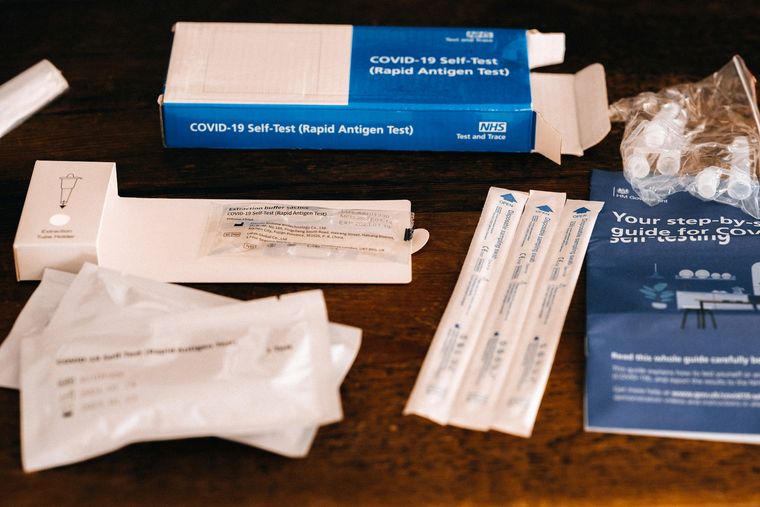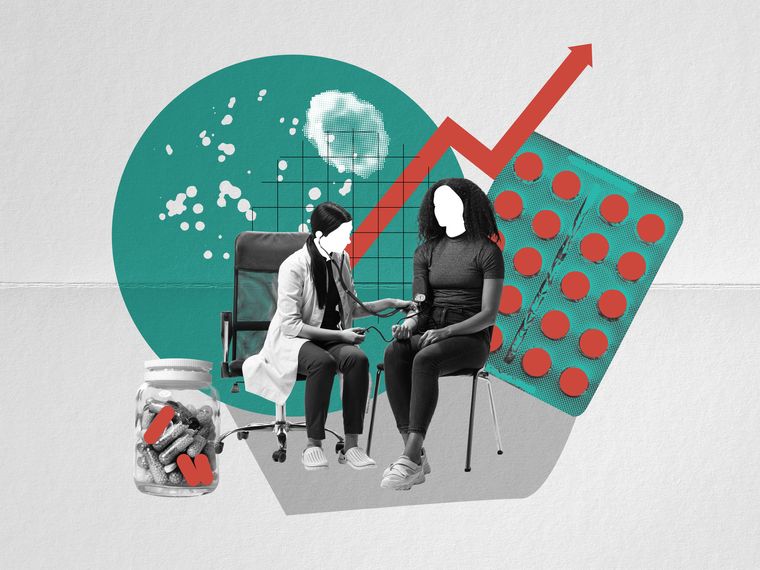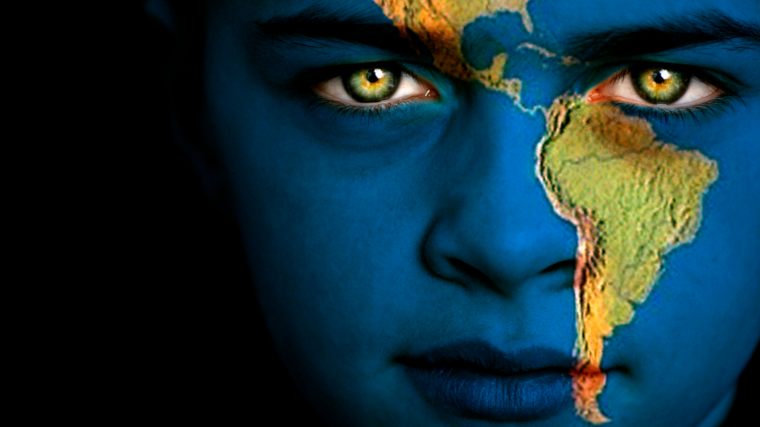A snapshot into how market researchers can empower medical NGOs
According to Rare Disease Day, rare genetic diseases currently affect about 5.9 percent of the world's population.
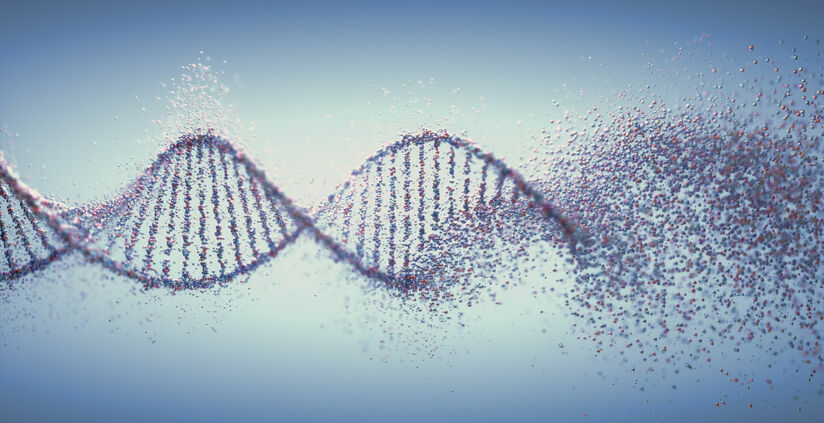
According to Rare Disease Day, rare genetic diseases currently affect about 5.9 percent of the world's population. Seventy-two percent of these are genetic and often developed during childhood. An example of this is Duchenne Muscular Dystrophy or DMD, a rare genetic disease diagnosed in boys 3-5 years old that leads to complex muscle atrophy. As a result, boys lose the ability to move entirely on their own by the age of 12 and eventually develop respiratory and heart complications. The average life expectancy is 25 for this disease in Russia; it is up to 40 years with proper treatment.
Rehabilitation is central after diagnosis, as it requires daily attention from both doctors and parents. Unfortunately, parents are too often left in the dark, unaware of how to help their children with the disease. That is where the DMD Parent Project comes in. The Parent Project is a Non-Governmental Organization (NGO) founded in 2017 by the parents of children suffering from this rare and severe genetic disease. Essentially, they are a haven for parents to learn more about the disease and raise awareness.
Our marketing research group, Bazis, partnered with them to study what parents can do to help their children suffering from DMD. We conducted our research in Russia, interviewing parents in those countries whose sons have it. While the findings were specific to DMD, they can help inform how we research, discuss and educate people about other rare genetic diseases.
The purpose of our study
To find out how we wanted to help the NGO expand its goals to bring awareness to the organization, we had to develop an objective for our study:
To find out how the NGO can help parents of DMD children improve the quality of their rehabilitation.
To learn what factors influence the quality of rehabilitation of DMD children in Russia.
To identify barriers that decrease the quality of rehabilitation of children with rare severe diseases and those drivers that can help overcome such obstacles.
How we conducted it
To provide perspective on how the Parent Project can help parents help their kids improve the quality of their rehabilitation, we conducted a study with nine parents and eight medical specialists. Step by step, this is how we ran it:
First, we determined a typical pathway for the rehabilitation of DMD children in several regions using the Sverdlovsk Region in Russia as an example.
We studied and compared doctor and parent feedback about failures in this pathway.
Next, we analyzed our respondents' insights in terms of possible solutions for overcoming common barriers.
We conducted a desk study on the rehabilitation of patients with rare genetic diseases in Russia and the United States.
Then, we conducted a series of in-depth interviews with parents and medical specialists who work with DMD patients in their practice. We also compared the data obtained with similar parent and doctor interviews in the United States.
Lastly, we asked the respondents about what they usually do for rehabilitation. We talked about where they go and whom they interact with on their path to care they feel comfortable with.
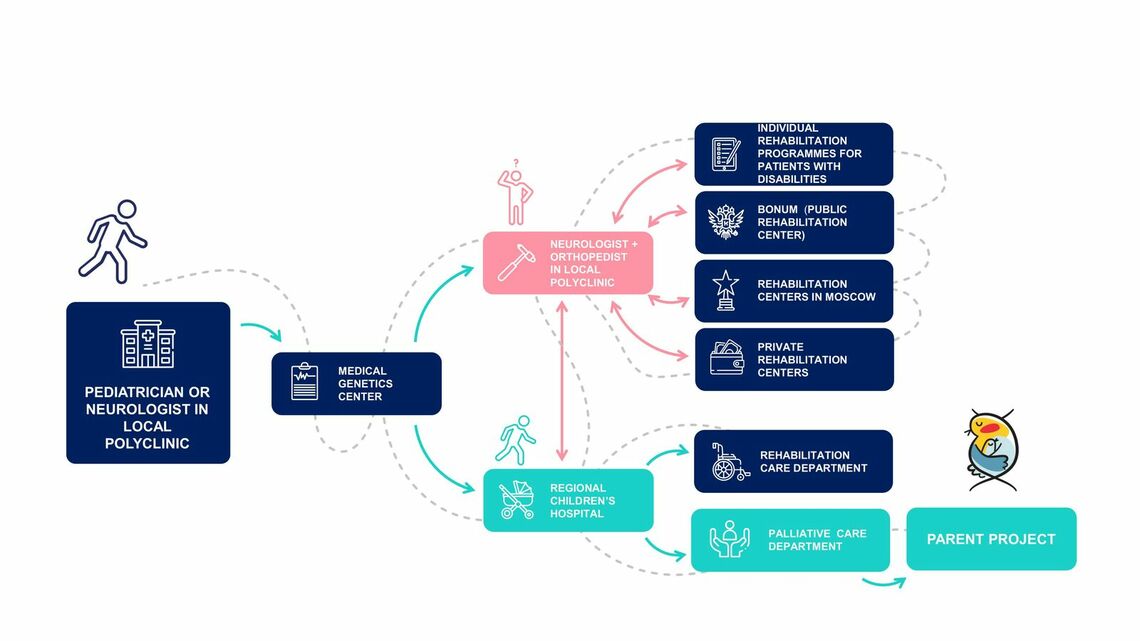
3 major barriers to overcome
Our research team identified three barriers that stand in the way of rehabilitation for children suffering from rare genetic diseases. These include:
The institutional barrier: There are no levers of influence in Russian medical institutions to solve this problem. This problem transcends borders with rare diseases like DMD as other countries and regions also face institutional challenges.
The communication barrier: The Russian medical community is currently not ready to include parents in the circle of experts on rare genetic diseases. The medical community isolates itself from the parents. We should note that the first two barriers go beyond the direct influence of the NGO.
The identity barrier: Parents are often still ashamed of the disease and are not ready to build their family's identity around it.
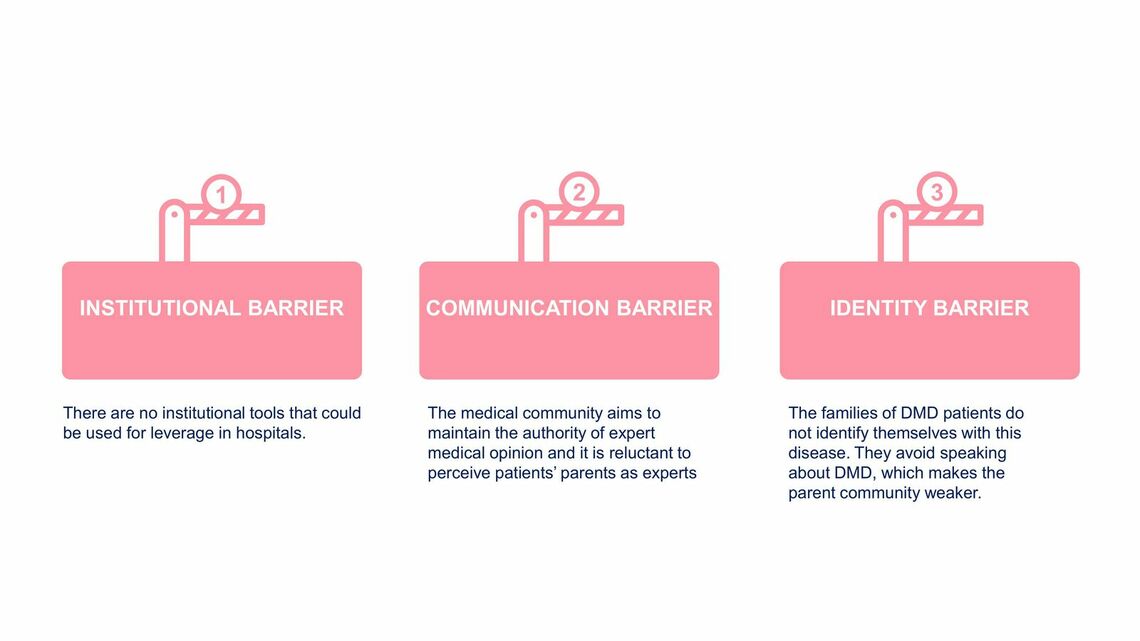
Advice to the Parent Project
Once we completed our study, we wanted to offer our NGO partner tangible solutions. So we asked them how the project can help parents improve the quality of rehabilitation of DMD for their children. Specifically, we looked at ways the Parent Project can overcome the institutional, communication, and identity barriers they struggle to overcome. Here is what we identified as ways to do just that:
Develop an initiative within the NGO—or even create a new sub-group—that is laser-focused on creating a close dialogue and ongoing community with the medical community.
Build credibility and inroads in the medical community through communications. This could include participating in conferences, asking questions, writing publications, or even holding conferences themselves. To solve these problems, the Parent Project could:
Work with family counselling partners.
Provide seminars and classes to make medical professionals and parents more aware
Establish both in-person and online support groups
Advocate for your child or anyone else that you know
Develop a positive public image of the lifestyle of DMD families to establish community identity. This could include posts on Instagram, participation in public events, and highlighting the achievements and breakthroughs of children with DMD.
Partner with other patient advocacy groups focused on rare diseases (such as Spinal Muscular Atrophy parent support groups) to double the awareness efforts while sharing the administrative support and benchmarking achievements.
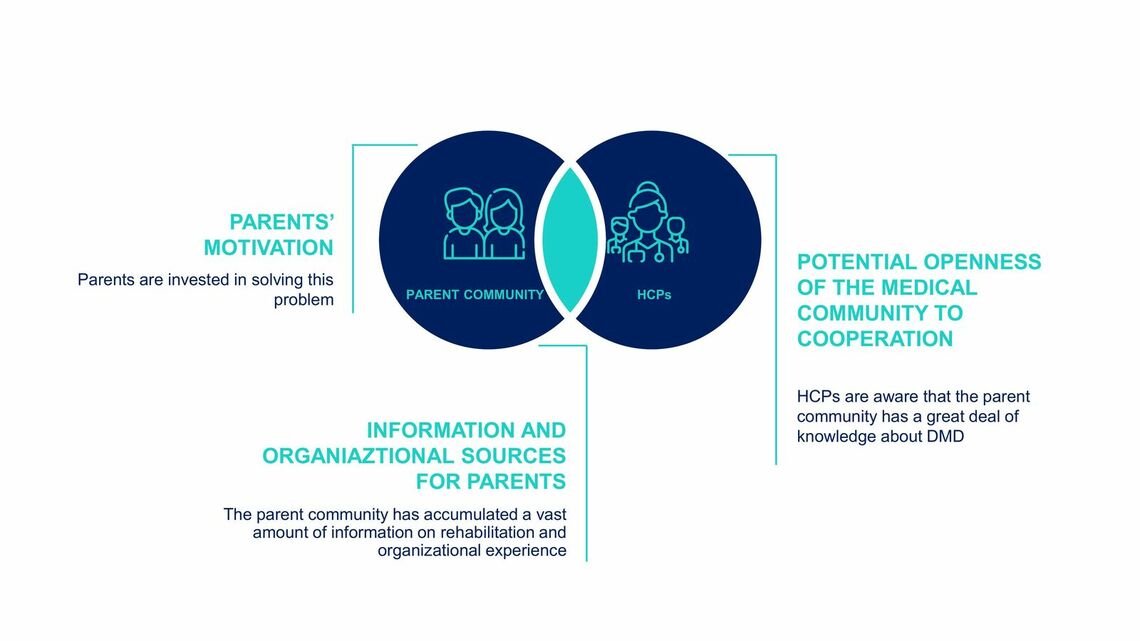
Researching topics like this can bring attention to those impacted by rare diseases. From the family and friends supporting patients to the medical community treating them, identifying core issues in communication and education is the first step in overcoming some of the major barriers we've identified. Of course, parents and professionals alike want to help those with rare diseases—but connecting the dots and communities is often easier said than done. As market research professionals, we can use our skill sets and passions to bring awareness and effect social change, one patient, parent, and medical professional at a time.
